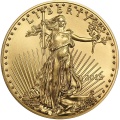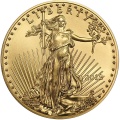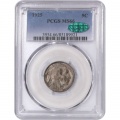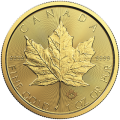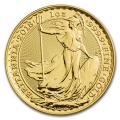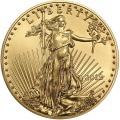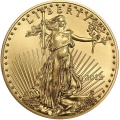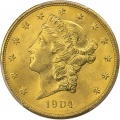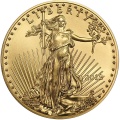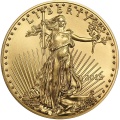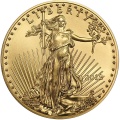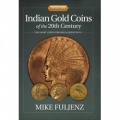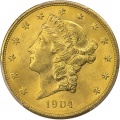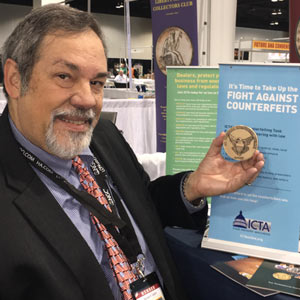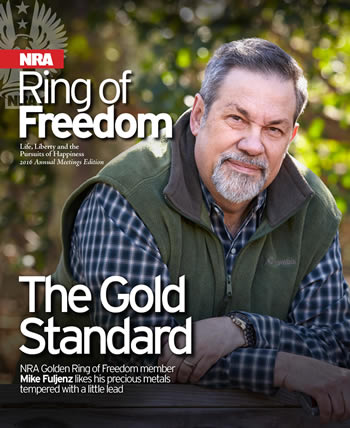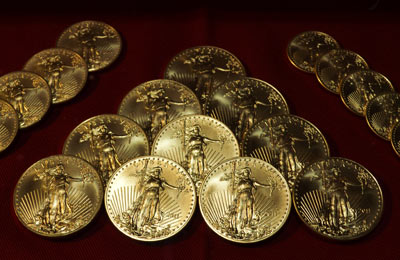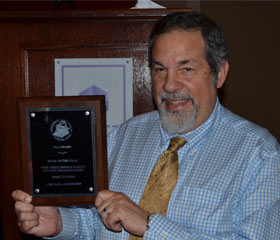June 2019 - Week 2 Edition
The Prospects for Lower Global Interest Rates is Lifting Gold Prices
Gold topped $1,340 last Friday, rising $45 for the week (+3.5%), based on a London pm fixing of $1,340.65 on Friday, June 7 vs. $1,295.55 on Friday, May 31. In the same week, silver gained $0.53 (+3%), from $14.48 on May 31 to $14.91 on June 7. In the futures market, gold settled at $1,346.10 on Friday, its highest close since February 20, and very close to gold’s highest close since April of 2018.
Interest rates have been near zero or below zero in much of Europe and Japan for five years and now rates are careening down in America, too, with the widely watched 10-year Treasury bond rate approaching 2%. The 10-year Treasuries yielded 3.24% just seven months ago (November 2018) but touched 2.05% last Friday before closing at 2.09%. Due to the strong U.S. dollar, gold prices have been flat for the last few years, but gold prices have risen in terms of the Euro and other major currencies, where there is no meaningful competition for interest income. Now, with the dollar offering just 2% (and maybe less in future months), gold is competing with paper dollar instruments on more of an “even playing field.”
In Monday’s Wall Street Journal, a featured article (“Bets on Falling Interest Rates Unleash Gold Rally: Gold’s longest winning streak in 18 months is another sign investors are preparing for lower growth and rate cuts,” by Joe Wallace and Amrith Ramkumar, June 10), begins by saying, “Gold is on its longest winning streak in almost a year and a half, the latest signal that investors are preparing for the Federal Reserve to lower interest rates amid signs of a slowdown in economic growth. The safe-haven metal rose for eight consecutive trading sessions through Friday, its longest run since January 2018.”
Lower interest rates also tend to hurt the U.S. dollar, adding to gold’s luster. The dollar has been strong because its higher interest rates lure global investors away from zero-yields in the euro and yen, but if the U.S. dollar’s advantage shrinks, the attraction of the dollar also shrinks. The dollar is also declining due to a cascade of relatively negative economic indicators, including a disappointing new jobs report released last Friday, with only 75,000 new jobs in May versus an expected 180,000 new jobs. Also, the latest Industrial Production number was down (-0.5%) and Durable Orders for April were down 2.1%.
The Federal Reserve’s Open Market Committee (FOMC) meets this week in one of its eight-times-per-year policy meetings. Although they may not cut rates this week, it is widely expected that they will cut the Federal Funds Rates by 0.25% on July 31, their next meeting, and one more time after that. The “fed fund futures market” has priced in an “87% chance of two or more interest rate cuts this year,” according to the Wall Street Journal, based on CME Group data. Fed Chairman Jerome Powell said last week that he would do whatever is needed to sustain the current economic recovery, which certainly implies rate cuts.
Mainstream Investment Banks See Gold at $1,480 to $1,500 in 2020
Like the Wall Street Journal, its sister Dow Jones publication, Barron’s, published a bullish gold article in its weekly “Commodities Corner” column for June 10, titled “Gold’s Rally is Far from Over.”
It’s amazing (to us) how the mainstream press can be negative on gold when it is flat or down but then suddenly turn over-excited on gold when it rises. The time to cover gold’s value is when it is DOWN, not after it has already risen. The profitable formula is “Buy low, sell high,” not the other way around.
Still, the Journal and Barron’s quote several analysts predicting higher gold prices. Barron’s quotes some of the familiar “gold bugs”, while the Journal quotes mainstream analysts such as Natasha Kaneva of JPMorgan Chase, who sees prices rallying to $1,405 per ounce in the fourth quarter and $1,480 by the end of 2020. Georgette Boele, coordinator of currency and precious-metals strategy at Dutch bank ABN Amro, thinks they could go even higher, reaching $1,500 next year.
Project 20/20 Revisited
Last month, I told you a little bit about Project 20/20, which will be a program for enlightened coin accumulation – using a “rifle shot” approach rather than a “shotgun” blast to find undervalued “sleeper” coins.
As I said, we will begin by bringing you highlights of recommendations in the major types of coins we like most – for their sheer beauty, profit potential and historical importance. We’ll highlight the most undervalued coins, starting with $2.50, $3, $5 and $10 Indians and Type II and III Liberty Double Eagles.
Now, I want to bring your attention to a series that is more modern, less rare, but becoming more valuable as time goes by. I’m talking about the American Gold Eagle, authorized by the 1985 Gold Bullion Act, early in Ronald Reagan’s second term. The first coins were minted in 1986 in denominations of $5, $10, $25 and $50, with gold content of 1/10, 1/4, 1/2 and 1 full Troy ounce of gold, respectively.
The obverse features the classical Augustus Saint-Gaudens design on the $20 gold coin commissioned by President Theodore Roosevelt, a full-length Lady Liberty with flowing hair, holding a torch in her right hand and an olive branch in her left with the Capitol building in the left background. The reverse design, by sculptor Miley Tucker Frost, features a male eagle carrying an olive branch flying above a nest with a female eagle and her hatchlings. The 22-karat alloy is the English standard known as “crown gold” (0.9167 fine), alloyed with a small amount of silver and copper to provide more wear-resistant surface.
Some of the early date American Eagle gold coins are becoming scarce, with prices being bid up for mint state 69, lower population $10 and $25 (1/4 and 1/2 ounce) coins. As with any other coin series, it pays to be selective, to use a “rifle” approach rather than a “shotgun” approach. One major statistical screen we use is a coin’s capitalization -- its price per unit times the population report of known coins in that grade.
We will be writing more on all these coins over time, but you can get ahead of the crowd by calling your account representative and asking about the “rifle” approach over the “shotgun” strategy to coin buying.
Important Disclosure Notification: All statements, opinions, pricing, and ideas herein are believed to be reliable, truthful and accurate to the best of the Publisher's knowledge at this time. They are not guaranteed in any way by anybody and are subject to change over time. The Publisher disclaims and is not liable for any claims or losses which may be incurred by third parties while relying on information published herein. Individuals should not look at this publication as giving finance or investment advice or information for their individual suitability. All readers are advised to independently verify all representations made herein or by its representatives for your individual suitability before making your investment or collecting decisions. Arbitration: This company strives to handle customer complaint issues directly with customer in an expeditious manner. In the event an amicable resolution cannot be reached, you agree to accept binding arbitration. Any dispute, controversy, claim or disagreement arising out of or relating to transactions between you and this company shall be resolved by binding arbitration pursuant to the Federal Arbitration Act and conducted in Beaumont, Jefferson County, Texas. It is understood that the parties waive any right to a jury trial. Judgment upon the award rendered by the Arbitrator may be entered in any court having jurisdiction thereof. Reproduction or quotation of this newsletter is prohibited without written permission of the Publisher.

